By Sandhya Sridhar
When we think about Chennai today, we see a city that that has grown upon itself, layer by layer, till not a spot of land is seen. The city is now growing laterally, land being premium. But what was here, on the coast, before the British landed on the shores and built Fort St. George, creating the kernel for what is now Chennai today? Let’s unravel the many histories behind the creation of the city and the two names it carries, in some sense, even today.
Mylapore, says V. R. Ramachandra Dishitar, Lecturer, University of Madras, in his essay, ‘Around the City Pagodas’ (1939) has a history that preceded the Christian era. Mylapore also appears to be an ancient sea port, drawing quite a bit of traffic in terms of trade, with vessels sailing into this little town in safe harbour. Thiruvalluvar lived here and unconfirmed tales tell of his birth in Mylapore.
Mylapore is also the place where the great saint Thirugnanasambandar, who lived in the 7th century CE, brought Poompavai back to life. The story goes thus. Sivanesan, a merchant, dearly wished to have his young daughter married to Thirugnanasambandar, having heard of his greatness. But as fate would have it, the young girl died of snakebite. After cremating her, the distraught father saved the ashes in an urn. Thirugnanasambandar, arrived at Mylapore to visit the Kapaleeswarar temple, when Sivanesan urged him to visit. The saint sang hymns and Poompavai came to life. However, he declined to marry her, saying that having brought the girl back to life, he was like a father to her. Eventually, Poompavai too spent her life in ascetic prayer to the Lord of Mylapore.
Mylapore is also said to be the place where Goddess Parvathi prayed to Lord Shiva in the form of a ‘mayil’ or peacock, which is how the place got its name. KRA Narasiah, in his book ‘Madras – Tracing the Growth of the City Since 1639’ talks about how the port of Mylapore was documented by Ptolemy, the Greek geographer, who called is Mylarphon.
Moving ahead in time Mylapore was a port of the Pallavas, as was Mamallapuram and played an important part in the maritime trade of the region.
Similarly, Triplicane too is part of ancient history of the region. Narasiah notes that the “string of temples from north to south along the coastline” indicated an “advanced civilisation that conducted sea trade”.
In the year 1639, in the month of August, a strip of wasteland which was documented as lying between the river Cooum and what was then called the Egmore river, was given over to Francis Day, the agent of the East India Company at Pulicat. Damarla Venkata, who was the Lord General of the Carnatic, probably did not attribute too much value to the land. It was deemed to be useless, situated as it was between two small rivers. In fact, it was called Narimedu, says Dewan Bahadur Dr. S. Krishnaswami Aiyangar, in his writing ‘The Character and Significance of the Foundation of Madras’ (1939). Narimedu literally translates to ‘mound of the jackal’, ‘nari’ being jackal in Tamil, and the word ‘medu’ being mound. On this land of no value, was constructed the Fort St. George, around which the present-day Madras now Chennai, grew. This charter mentions the land being given as Madrasapatnam.
The shrines at Triplicane, Tiruvottiyur and Puzhal were places where the Alwars and the Nayanmars, the saints of the south, have sung many a hymn in praise of the Lord. By the seventeenth century, the Portuguese had made inroads into the region, with a factory at Mylapore. The Dutch too were not far behind, having acquired Pulicat from the emperor of Viajayanagar, Venkatapatiraya. The frequent skirmishes between the Dutch and the Portuguese were troublesome to the person we have mentioned earlier, Damarla Venkata, who the British grandly called ‘Lord General of the Carnatic’, but who was ruling the province called Wandiwash, within which all these regions were. Venkata, who was from the family of Kalahasti zamindars, and his brother, Ayyappa who governed Poonmallee, were fed up of the quarrels. So Ayyappa created a town called Chennapattinam, in the name of his father Channamanayaka. Chennapattinam, therefore, by its sheer position between the Dutch and Portuguese areas, effectively put an end to all hostilities.
Can we ever resolve between ‘Chennapatnam’ and ‘Madrasapatnam’, two names, which appear in the city’s backstories? One version says that Madrasapatnam was but the land south of Chennapatnam, to which was attached that strip of land on which Fort St. George was built. This information is attributed to the renewed charter which was signed in 1645.
However, Dr. V. Raghavan, in his ‘Notices of Madras in Two Sanskrit Works’ (1939), notes that Chenna Keasava Pura is the likelier and older name for the city. The ancient Chennakesava Perumal temple (which was destroyed and rebuilt in 1762), is likelier to be the source of the city’s name. He cites a work of poetry composed in 1752, which mentions the city of Chenna Kesava Pura and not Chennapattinam.
I shall end this piece with a little more information about Damarla Venkata and his brother Ayyappa. His father, Chennappa, was in the employ of the Vijayanagara emperor, Venkatapatiraya and helped him greatly in a battle against a rebel. It was in return for his services, that he was awarded the province over which he governed, which his two sons later took over from him.

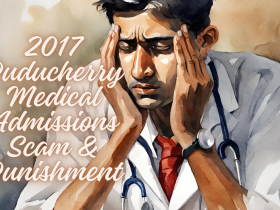
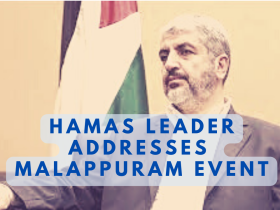

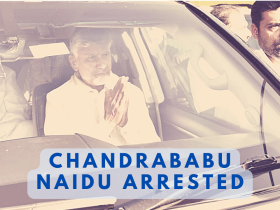
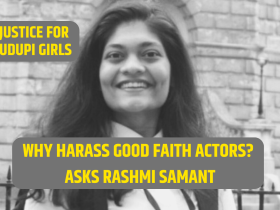
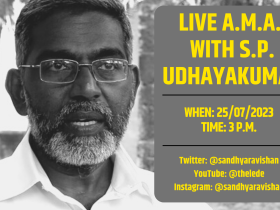
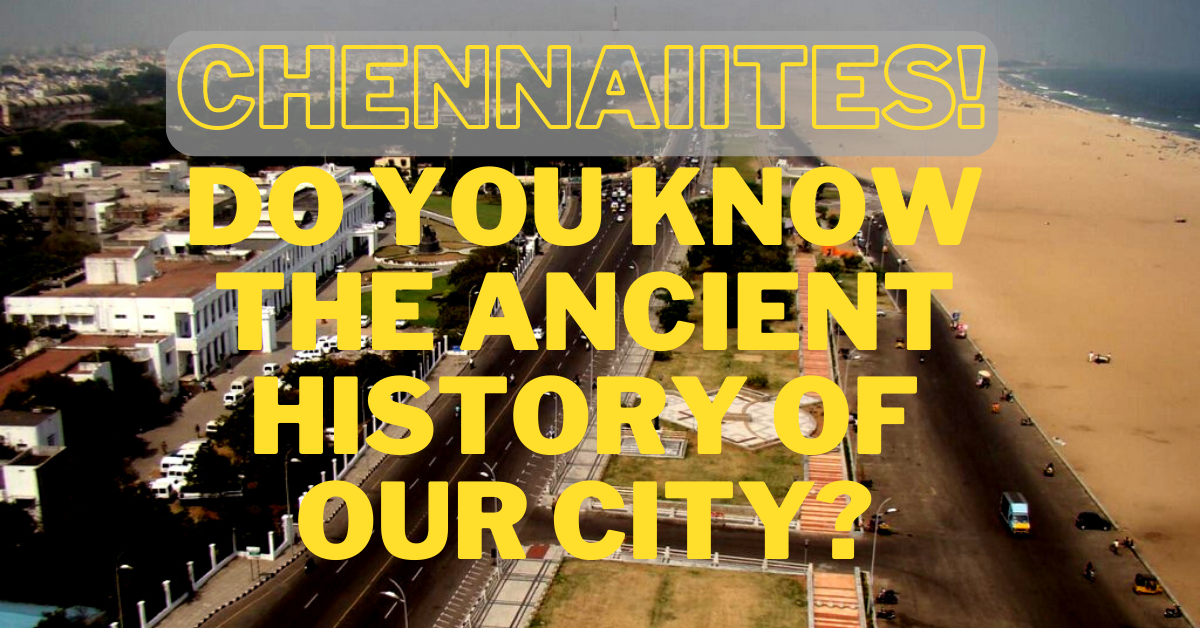

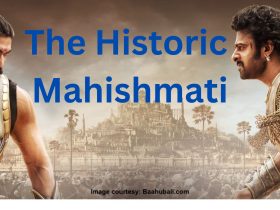

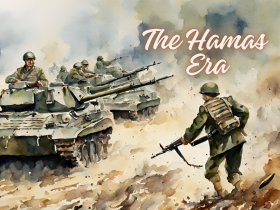
Leave a Reply